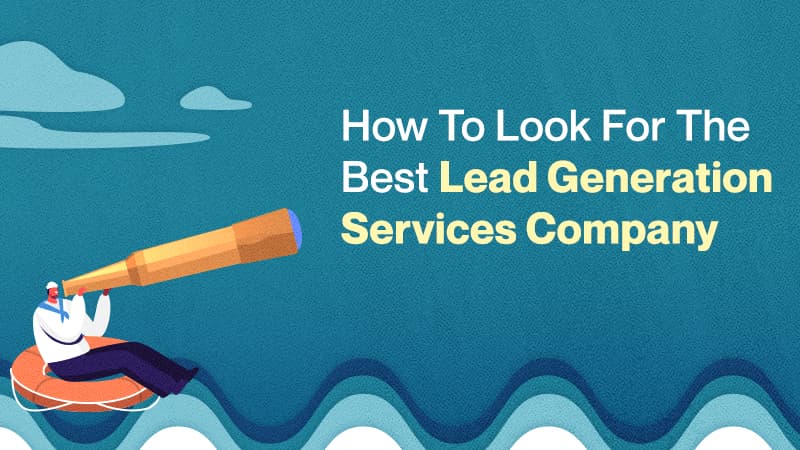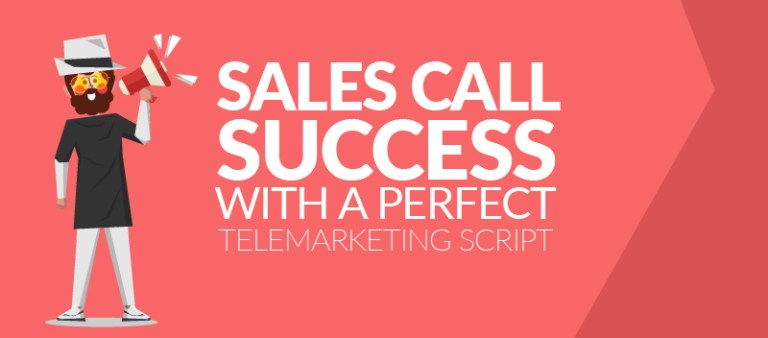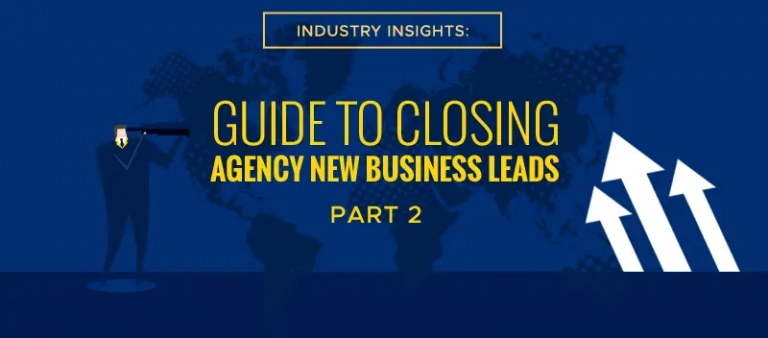Every company wants to have a shorter sales cycle. That’s because the faster you can close a deal, the more sales you can generate. However, shortening the sales cycle is one of the challenges software companies often face.
It’s not because the product is bad or does not offer any value. The reason is more psychological rather than a question of value. Software, compared to hardware, for example, cannot be seen, felt, touched, or tasted. Unless organizations find their utility, it is difficult to make an emotional connection to something intangible like software. However, account-based marketing or ABM changes all that.
In traditional marketing, the goal is to get all that you can with the tools that you have. After all, the more leads you capture, the more chances you have in making a sale. It doesn’t matter whether these leads are qualified or not. Quantity is the key.
In account-based marketing, quantity is important but that is not about the number of leads you have but rather, a higher ROI. Thus, rather than catching everything with your net, ABM is more focused, targeted, and personalized. It focuses more on those targets that perfectly fit your business. As a result, you have shorter sales cycles and higher ROI.
Using ABM to Your Advantage
For ABM to become really effective, you need to align your sales and marketing team so they can effectively engage your “ideal customer.” After that, they should create customized campaigns, fit them to their target’s buying cycles, and deploy them to their target’s preferred communication channels.
How do you do that? These seven steps will help guide you in using ABM:
Identify high-value accounts
Review your customer base and identify which ones fall in the category of your ideal customer. The definition of an “ideal customer” might vary based on the industry you’re in, but it definitely boils down to someone who is the most profitable and a pleasure to work with on a long-term basis. These are the customers who are the happiest and most successful with the solutions you provide for them.
Also include the existing accounts which are open to furthering their relationship with you as well as those who satisfy our strategic criteria.
How about the new accounts? Do you just throw them away? If these accounts have an urgent problem that can benefit from the solution you have and they are willing to spend for that solution, then you can also include them on your list.
Related: [INFOGRAPHIC] ABM Best Practices: Selecting and Profiling High-Value Accounts
Identify the key people in each account
Every company or business has key people who make the buying decisions for the company. These are the people you need to convince to take action. Connect the needs and concerns of these people to their company objective so they will take action and eventually, arrive at a buying decision.
Create targeted campaigns
The primary element of account-based marketing is creating a nurturing relationship with your contacts. Thus, you need to create a message that truly resonates with the key people in each account.
You can do that by understanding what these key people believe so you can be on the same page. You can get clues from the conversations you’ve had with them.
Once you understand what drives them, create a well-informed content that clearly shows your knowledge and expertise of the subject. To make your point of view stronger, back it up with real-world examples that show your solutions in action.
Find out your target’s preferred channels
Once you have a message, find out your target’s most preferred channels — those which your targets are most comfortable using. These channels could vary based on the position of the person and the industry where they are in.
Related: Multi-channel Marketing Ideas You Need to Try to Generate More Leads this 2020
Create a strategy
Create a strategy that specifies the roles and responsibilities of each key person in the account. This will guide your sales and marketing team when they engage these people to incite them to action. Make sure that each communication has the right message and the appropriate channel that matches the person.
Start your campaigns
Now that you have the primary components for the campaign, it’s time to launch them using a strategy that resonates with each person. You can use a variety of tactics such as special events, emails, and more.
Measure and optimize your results
Measuring your results will tell you whether your campaign is a success or not. It also shows you where you failed and where you need to improve.
As the purchase process moves, monitor each account engagement as well as the opportunities created and closed deals. Give your team the time to generate results; then, modify your strategy and tactics if needed.
Related: 18 Outbound Lead Generation KPIs to Track in Your B2B Dashboard
The Bottom Line
Account-based marketing provides a cost-effective road to success by shortening the sales cycle while increasing customer satisfaction. Moreover, it helps align your marketing and sales team to collaborate better making it a win-win situation for everyone.




